Monteverdi: L'Orfeo (Alessandrini)
Opus Arte's second L'Orfeo (the plot of which may be found here) is very welcome, however not especially for the staging, which comes from Robert Wilson. The opening acts are, according to the DVD cover, 'based on a Titian painting', however there's no information as to which painting it is, yet a quick internet search has come up with 'Venus with and Organist and Cupid' (painted around 50 years before the opera was created) which you can see here...
So, Wilson has taken as his inspiration one of the most erotic paintings of the period and just used the background...
Ok, I imagine there's a lot more to it than that, however due to the complete lack of information about the production, either in the booklet or on the DVD, you will have to use your own imaginations as to the reasons Wilson has done this.
My own take, and I suppose my opinion is worth as much as anyone else's, is that Wilson sees the original painting as depicting a musician (Orfeo), who is using his music to beguile people into coming around to his way of thinking...and that's about it really.
The stage 'action' is, apart from Orfeo himself (and a dancing bird character - possibly the one we can see sitting on the fountain in the original painting), incredibly static, and much like other Wilson productions I've seen, full of peculiar, but I'm sure, meaningful, hand shapes and movements, and very little else.
The whole concept immediately grates, as it seems that the dramatic nature of the story which was fairly obviously conceived by Monteverdi and his collaborators has been completely ignored on the whim of someone who is more interested in placing his own mark on proceedings, rather than allowing the audience to experience a latter-day recreation of one of the original music-dramas put on stage.
Ok, this may be a harsh conclusion, as there is actually much to admire from the stage, most notably the scenery and lighting (all, of course, created by Mr Wilson). It creates a wonderfully 'other-worldly' atmosphere which reminds you of half-remembered films in which people come to life out of pictures..which of course, they have.
Costume colours are all bland, in fact it's fair to say, colourless, even that of Apollo. This, together with the equally bland movements would most likely have made a minimal impact on those at the back of the stalls, or in the Gods, or wherever you were sat and most likely couldn't see many of the subtleties of expression or movement, such as there were.
On DVD however, this is actually quite effective, and in a way, seems to reflect the skin and clothes on display in the original Titian artwork, with the only problem being that the close ups emphasising the make-up and gloves almost makes it 'too human'.
The singing is much better when you close your eyes. Not that it actually improves the sound, but you are then less distracted by the almost complete lack of expression on the faces of those on stage (apart from a couple of shepherds, who are practically hyperactive compared to the rest of the cast - I suspect they got a telling off at the end).
Assuming you are closing your eyes, or heaven forbid, have turned off the picture, then you are actually transported right back into Monteverdi's world. The cast is all very good indeed, and 99.9% Italian (which always helps in music such as this). The exception (in nationality of course) is the Austrian baritone, Georg Nigl (Orfeo). He has a powerful voice that has spanned many roles over several centuries yet is able to rein things back sufficiently to create a clear sound most of the time. Only stuttering slightly over some of the Monteverdian rhythmic pulsing that makes this music quite often feel so modern.
I was also impressed with Luigi De Donato's Caronte (him who ferries the dead across the River Styx), who manages to create a tangible emotional feeling in the listener after he has been persuaded by Orfeo's song.
The ladies of the cast, especially Roberta Invernizzi (Euridice), are uniformly strong. In fact, Invernizzi produces some of the most beautiful singing I've heard in many years in her final farewell to Orfeo as she is taken back into Hades. And Sara Mingardo in the dual roles of the messenger and Goddess of hope manages to look and act completely differently despite being constrained by the directorial straitjacket.
The triumph of this disc is what goes on in the pit. Rinaldo Alessandrini has produced his own 'critical edition' of the work (I'm sure there have been many over the centuries) which breathes an extra bit of fire into proceedings, helped enormously by the continuo group 'Concerto Italiana' and a small, courageous band from the La Scala orchestra itself (although judging by the picture below, there may be a bit of confusion as to which direction people should be looking - maybe this is why things are so exciting?)
Rhythms are tight, and the instrumentation and harmonies grab hold of your auditory senses and convince you that music written over 400 years ago still has much to deliver, and this may well be because music directors who know what they're doing are able to recreate the score as if it's the first time it's been heard. Perhaps they should also try to direct the whole production, as we would then have a complete fusion of music and drama more often associated with Wagner's efforts, yet which, I'm sure was going on a long time beforehand.
Because of the dismal lack of extras, and Wilson's perplexing production, I've marked this one down. Musically however, you won't be disappointed, and if you can keep your eyes on the screen for long enough, you may even find some method in the slow-moving madness.
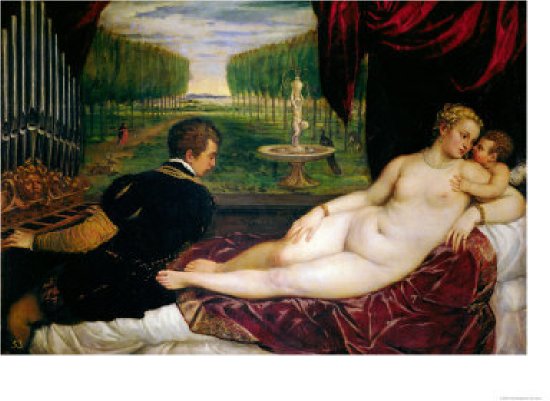
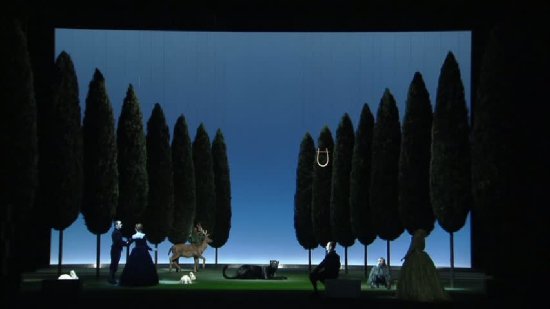
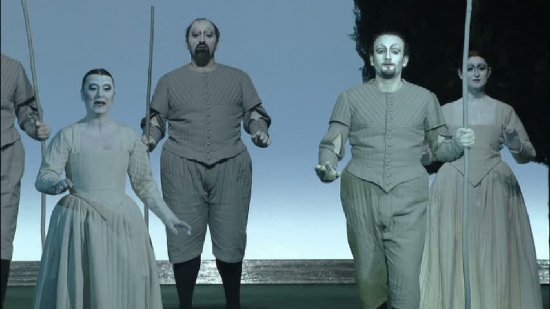
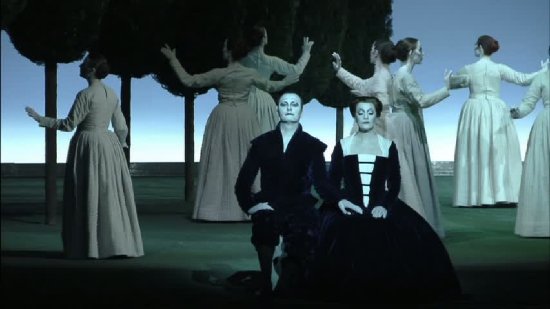
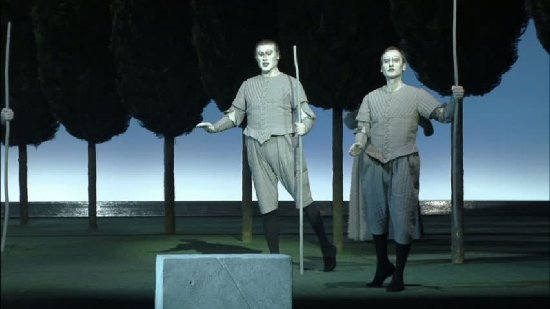
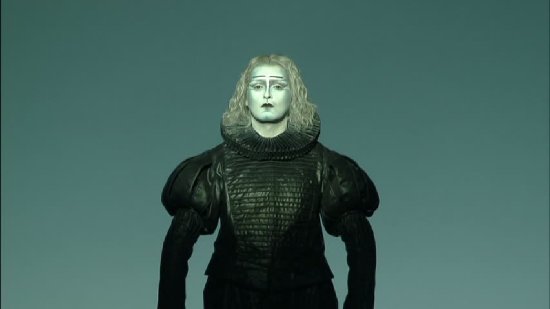
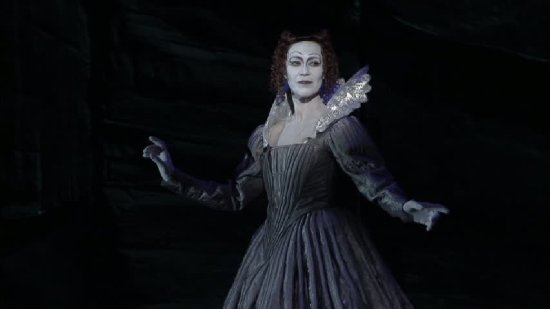
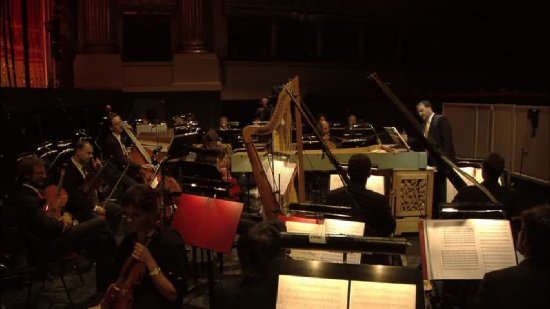
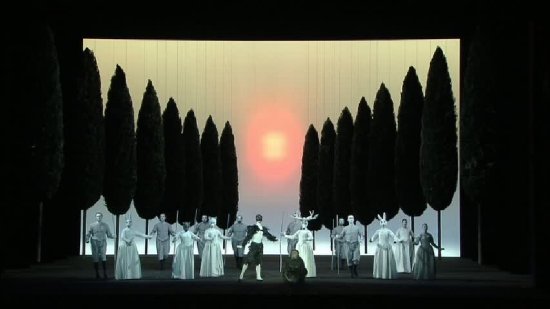
Your Opinions and Comments
Be the first to post a comment!